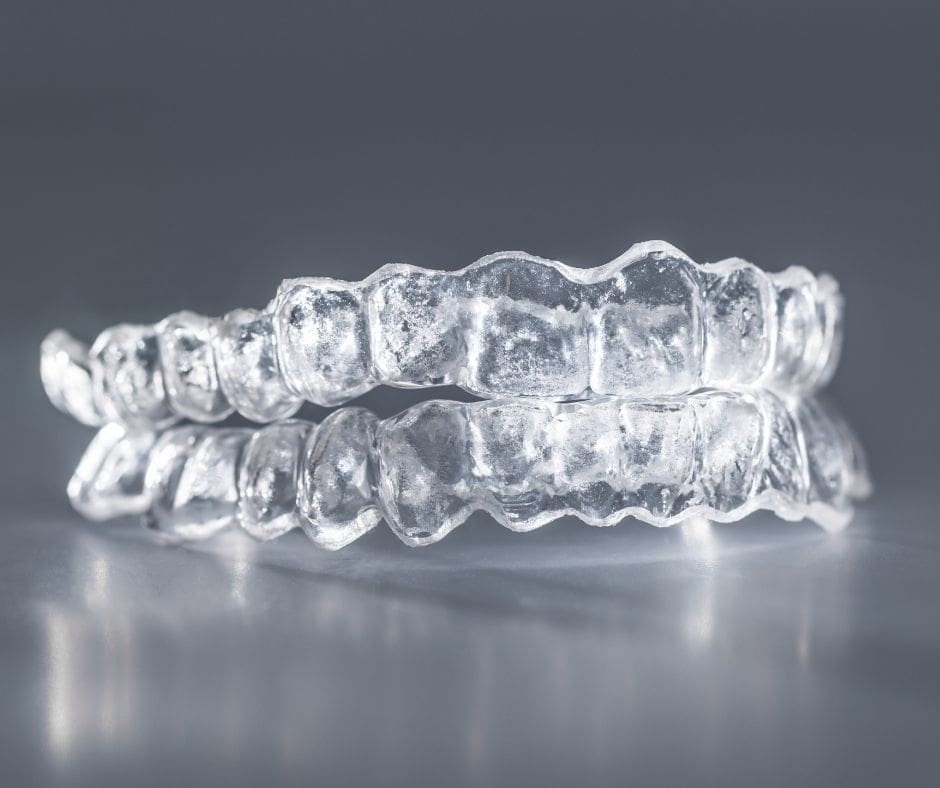
Effective Tips for Looking After Your Dental Implants
Dental implants are proven to help people with a beautiful smile feel more confident about themselves and thus more successful. To get the full benefits
Home » Archives for 2022 » Page 6

Dental implants are proven to help people with a beautiful smile feel more confident about themselves and thus more successful. To get the full benefits

Keeping up with active wound care is one of the most important aspects of a tongue tie or lip tie release. You need to do

The term “tongue-tied” usually refers to a moment wherein one has difficulty speaking or stumbles on their words. While most people regard this phrase as

Invisalign Invisalign | It’s been an exciting time in the field of orthodontics over the last few years. In the past, patients had fewer choices

Endodontics Endodontics is a dental specialty dealing with the soft dental pulp found within the inner core of a tooth. Sometimes, this dental pulp can

Laser Gum Therapy Laser Gum Therapy | Periodontal disease, more popularly known as gum disease, is one of the dental conditions that your dentist fights

Oral Care Oral Care | Every New Year is an opportunity to start anew with any aspect of your life that you choose. If you’re